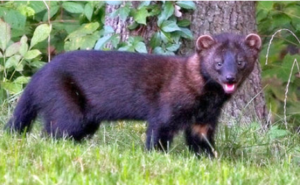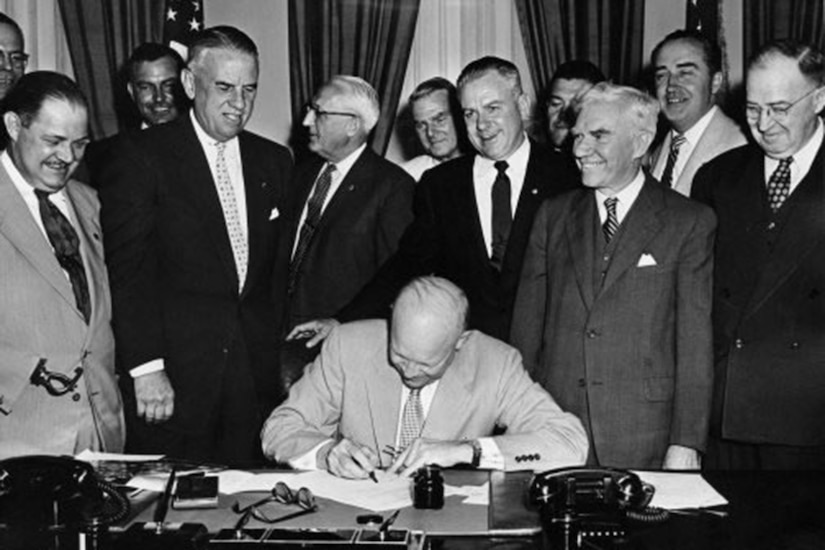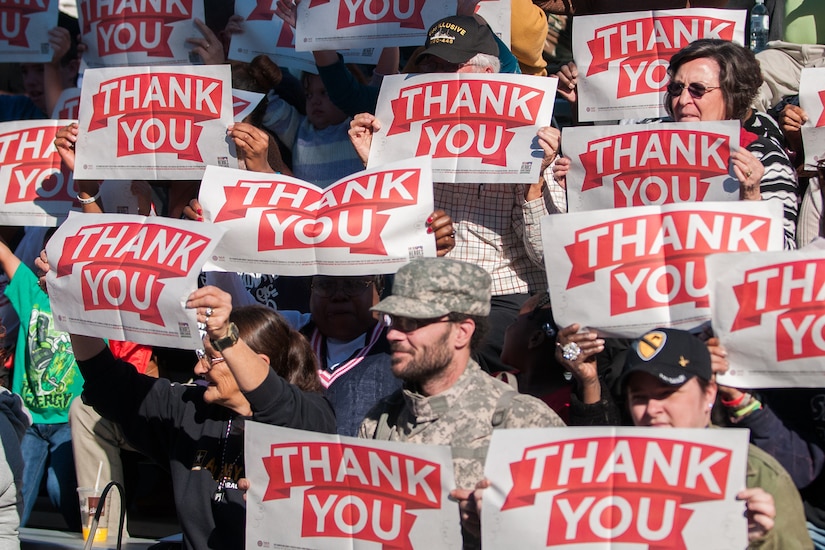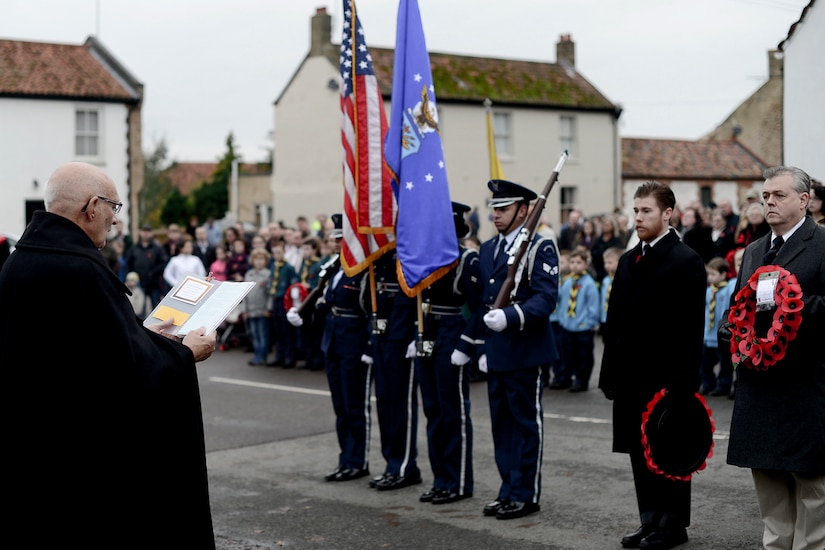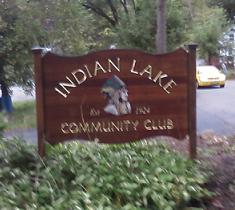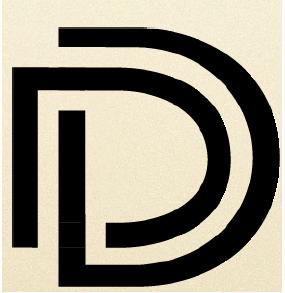This is new to me. I think it is kinda brilliant!
The Frelinghuysen Arboretum Cell Phone Tour
“The Gardens Galore Tour”
The Frelinghuysen Arboretum, 353 Hanover Ave, Morris Township, NJ 07960
Dial: 973.315.5757
Welcome and Instructions
Hello and welcome to Frelinghuysen Arboretum, a facility of the Morris County Park Commission. This cell phone tour guides you through the core garden areas of the arboretum and will take about an hour to complete. You will proceed from one “Stop” or place of interest, to the next. At each tour stop you can listen to an audio clip. At the end of each audio clip are directions for where to walk next. You can start, stop or replay it whenever you please. To stop, simply hang up. To re-start, re-dial the cell phone tour number again and you will automatically pick up where you left off. To repeat a stop, press the Stop Number again. There are also opportunities for your feedback. Please leave us a comment about your visit today. Press 1 to hear the introduction
Stop #1 – Introduction: The History of Whippany Farm, The Mansion, and The Great Lawn
The George Griswold Frelinghuysen family has had New Jersey associations since the Rev. Theodorus J. Frelinghuysen set sail from Holland in 1719 and settled in the Raritan Valley. His descendants have included several churchmen, generals, lawyers, a Secretary of State, businessmen and four United States Congressman. The family remains one of New Jersey’s most prominent. George G. Frelinghuysen (1851-1936) was an attorney specializing in patent and copyright law. In 1881 he married Sara L. Ballantine (1858-1940) of Newark who was the granddaughter of the founder of P. Ballantine and Sons Brewing Company, in which George was made President of in 1905. After the birth of their two children, Peter H.B. and Matilda E., the Frelinghuysens joined other families who were building summer residences in the area. The property they developed was named Whippany Farm. The Frelinghuysens spent forty summers at Whippany Farm. Their daughter Matilda inherited the property and continued to live here until her death in 1968, when she deeded 127 acres to the Morris County Park Commission to be used as a public arboretum. It was dedicated in 1971 and renamed in honor of George and Sara Frelinghuysen as the Frelinghuysen Arboretum.
In front of you is the Mansion. In 1891, George and Sara commissioned the Boston architecture firm of Rotch and Tilden to design a summer home and carriage house on property. It is designed in the Colonial Revival style which is essentially a mixture of styles and is uniquely American. It is evident here in such details as the Federal urns and swags, the large Palladian window on the second floor landing in the back of the house, and the Ionic columns on the porte-cochere. The large tree on the left corner of the Mansion is a Blue Atlas Cedar. We estimate that it was planted around 1928. Yews are planted near the right front corner of the building. It is common to see yews pruned into small hedges but this is one has its natural growth pattern. It is a beautiful, large shrub with attractive bark. To the left of the entry is Enkianthus which has bell-shaped flowers in spring. The groundcover tapestry consists of pachysandra, liriope and epimedium. The Epimedium sets yellow flowers in the spring.
Turn around to view the Great Lawn. This landscape was originally designed in typical country home fashion, part English-style Park, part flower gardens and part working farm. Landscape Architect, James MacPherson of Trenton, prepared a plan for the grounds in 1895. This large lawn known as the Great Lawn was an essential component of the design. Today, this is the site of weddings and other cultural offerings in the warmer months of the year.
Turn around and proceed to down the brick path to the right of the mansion. Turn left into the Rose Garden.
Stop #2 – The Rose Garden
This rose garden is planted in the original location that Sara Ballantine had planted her original rose garden back in 1922. The beds for this garden are laid out between the spokes of a brick walk that resemble the Union Jack. This was based on the design that originally existed on the property. In the center beds are knock out roses, chosen for their long bloom season. Along the edges of the garden are hybrid tea roses such as Peace, Love, Perfume Delight, and a groundcover rose, Sweet Drift. In the back corner are perennial summer blooming catmint, and fall blooming Honorine Jobert anemone. To the far side of the garden is an arbor with wisteria growing over it and a small water feature with climbing hydrangea behind it. The American boxwood hedge, is used to separate the areas of these gardens to make separate “rooms.”
Turn around and proceed into the next garden area with the large fountain.
Stop #3 – The Craig Garden
The colonial revival pergola connects this space to the Mansion and to adjacent gardens. Plantings of Rugosa rose, and tree peonies were chosen because of the large red oak tree that shades the area. The combination of these plants with the dramatic fountain create an elegant outdoor room. This space can be reserved for wedding ceremonies and photographs. The area behind the boxwood hedge features beautiful David Austin Roses. These shrub roses are fragrant and more disease resistant than old fashioned rose species. Gertrude Jekyll, Abraham Darby, and Graham Thomas are a few cultivars you will see here.
Proceed back into the Craig Garden and turn left into the Knot Garden.
Stop #4 – Margaret C. O’Neil Knot Garden
This area is also shaded by the red oak. The plants in this garden grow well under these shady conditions. The perennials around the border include Biokovo geranium, wild ginger, and American bugbane. The knot formation is made out of dwarf boxwood, dwarf variegated boxwood, and crimson pygmy barberry. The knot garden is pruned in late June as well as some additional light pruning throughout the season to maintain the perfect knot shape. The barberry are pruned to keep it from producing flowers and fruit which stops it from becoming invasive. Now that these plants are mature, they are being pruned to make a more woven effect. Just as in a knot where the “threads” go over and under each other, the pruning is done here to have the plants mimic the “threads of a knot”. Proceed through the Gazebo back to the paved path.
On your left you will see the Elmer O. Lampi Shade Garden.
Stop #5 – Elmer O. Lampi Shade Garden
A shade garden can be every bit as interesting and exciting as a sunny garden and far more refreshing. This garden features hostas, hellebores, Jacob’s Ladder, bleeding heart and anemone. The hellebores bloom in March and April. The Jacob’s Ladder and bleeding heart bloom blue and pink, respectively, in May. The anemone adds its pink blooms into the display in September. The water feature adds a sense of tranquility into this space.
Proceed across the paved path to the Fern Garden.
Stop #6 – Eger Memorial Fern Garden
The fern garden was installed in 1996 and is on the former site of the Frelinghuysen’s tennis courts. This garden features more than 30 kinds of ferns as well as shrubs, trees, and perennials. Many of these plants thrive in shady spots with filtered sunlight through tree foliage. The umbrella magnolia has white flowers in May and large tropical looking leaves. The Halesia tree has white flowers in April. The summer blooming perennials in this garden include meadow rue which blooms lavender, and kirengeshoma which blooms yellow. Japanese painted fern, ostrich fern, cinnamon fern, royal fern, and maidenhair fern are a few types of ferns that thrive in this garden.
The whispering bench is a good place to take a break and enjoy the tranquility of this space. As you sit on the bench whisper into the stone and see if someone else can hear it on the other side. Proceed out of the Garden and follow the paved path down the hill to Cherry Valley.
Stop #7 – Cherry Valley
During the month of April, this area is an explosion of cherry blossoms. The Japanese Flowering Cherry Tree that you are looking at has an important story that followed it here to the arboretum.
On April 22, 1912, Mayor Yukio Ozaki of Tokyo presented the city of Washington D.C. with 3,000 cherry trees—a symbol of enduring friendship between the United States and Japan. 100 years later, in honor of the 2012 centennial celebration, Japan gave the United States another historic gift: this time, 30,000 flowering cherry tree seeds. Just as the original gift symbolized a grand gesture of international friendship, the second gift celebrates this enduring comradeship; affirmation that our trust and respect for one another can withstand the test of time. In honoring the wishes of Japan, the Arbor Day Foundation propagated and shared these trees with botanical gardens and arboretums all across the nation; touching as many Americans as possible with this iconic symbol of diplomacy. The tree that you are viewing is from one of the seeds from that gift.
Proceed across the driveway to the perennial garden.
Stop #8 – The Mary Lindner Perennial Garden
This garden has a vast display of perennials that bloom at different times of the year giving the garden a changing array of colors and patterns. Spring blooms include allium bleeding hearts, and primrose. Summer blooms include astilbe, coreopsis, foxglove, meadow rue, American bugbane, and balloon flower. Autumn blooms include asters, sedums and chrysanthemums. Stroll around the garden and notice the many textures and colors.
Proceed up the hill and make a right. You will pass through the area with the Branching Out children’s garden on your left and the Scherer Special Needs garden on your right. Continue past the Potting Shed and when you reach the white gate open it and walk into the Lawrence Barkman Vegetable Garden.
Stop #9 – The Lawrence Barkman Vegetable Garden
Lawrence Barkman was chauffeur to Miss Matilda Frelinghuysen and this garden was planted in his honor. This vegetable garden uses the French Intensive Gardening method which efficiently uses vertical space to grow a wide variety of vegetables, herbs, flowers, and fruits and which is designed to obtain the most produce from a small area. Small, quick-growing crops are planted close to large, slow-growing crops. As the quick crops are harvested, space is left for the later crops to fill out and mature. The garden features dwarf fruit trees such as apples, pears and peaches. By the back fence you can see a fig tree growing. The cold frame to the left of the fig is used to extend the growing season so plants can be started early in the spring and can continue to grow past the frost in October.
Leave this garden through the back gate, turn right into the Clark Cresent Garden.
Stop #10 – The Clark Crescent Garden and The Mary Lindner Cottage Garden
The Clark Cresent Garden surrounds a blue stone patio and is a classic mixed border combining flowering shrubs and perennials. Anabelle hydrangeas have large white flowers that bloom throughout the summer and into the fall. Astilbe has feather-like flowers in early summer and grows well in the shade. The Joe-pye weed here is about 5ft tall and has pink flowers. The color theme is an array of cool colors ranging from white and cream to blue, lavender, and cool pinks. The wall’s crescent shape defines the garden as well as repeating the crescent shape of the paving, visually linking these elements.
Turn to look at the gardens surrounding the grass area. The Garden you are now viewing is the Mary Lindner Cottage Garden
This garden represents a cottage garden with hot colors such as yellow, reds, and orange. Cottage gardens are filled with a profusion of romantic, old-fashioned flowers to create a constantly changing kaleidoscope of color. While plants happily mingle together and look as if it all happened by Mother Nature, it is actually a carefully thought-out design.
Some of the plants include hardy hibiscus, knock out roses, hydrangeas, staghorn sumac, lavender, and clematis. There are also many new annuals planted here each year.
Proceed towards Matilda’s café and turn left.
Stop #11 – Anne’s Blue Garden
The Blue Garden is a color-themed garden using blue flowers as well as plants with blue foliage to create a restful, calming space. It was created to honor the donor’s love of the color blue. Plants in this garden include hydrangea and Orion geranium as well as balloon flower which has flower buds that look like balloons, and monkshood which blooms in September and October adding late season color.
You have come to the end of the tour. Please walk the grounds and enjoy all of our many gardens. Visit the Haggerty Education Center to learn about the programs offered by the Morris County Park Commission and view the original carriages used by the Frelinghuysen family. Thank you and please come again.

Morris County Park Commission
300 Mendham Road
Morris Township, NJ 07960
P: 973.326.7600



